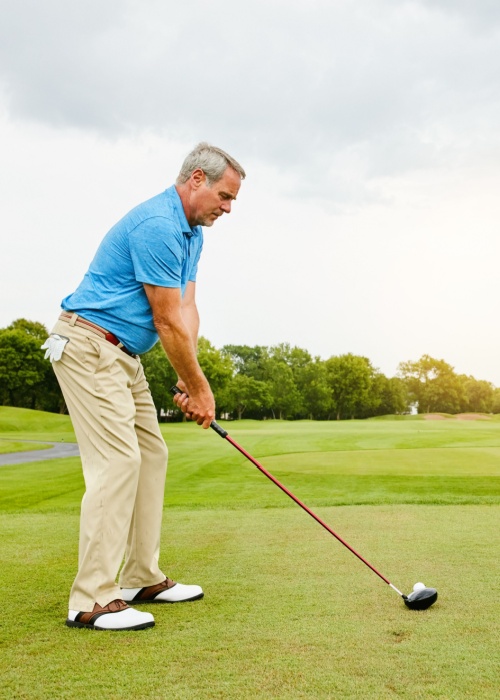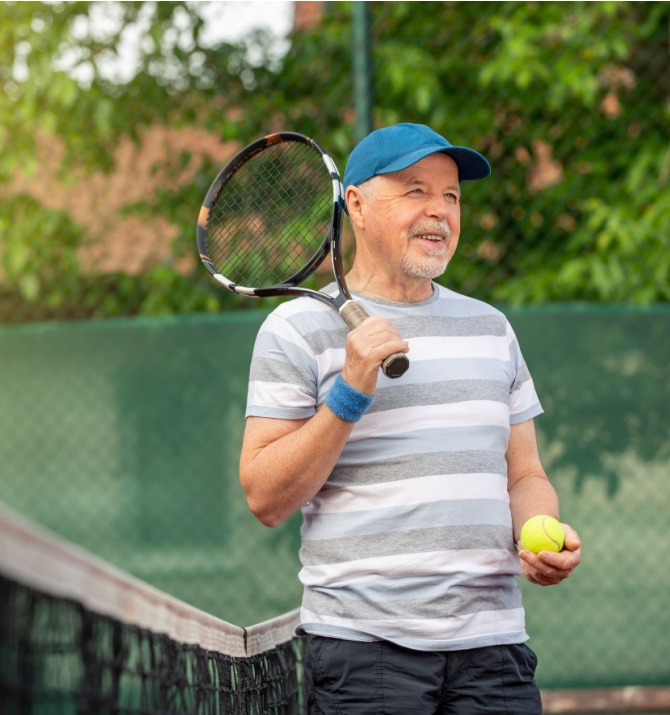Golf & Tennis Elbow is a common overuse injury that affects the tendons around the elbow joint due to repetitive strain and micro-tears in the muscle fibers. This condition is not limited to athletes; professionals, hobbyists, and anyone engaged in repetitive tasks may experience its effects. Sufferers often report a dull ache or sharp pain, reduced grip strength, and occasional swelling. The onset of discomfort is gradual, and if ignored, it can interfere with everyday activities. Recognizing early symptoms and seeking prompt professional care are vital for preventing chronic issues. In many cases, individuals may initially dismiss the mild discomfort, but continued strain can lead to persistent pain and functional limitations. Preventive measures, ergonomic adjustments, and a thorough evaluation are crucial steps toward effective recovery.
By understanding the triggers and adopting a proactive treatment plan, patients can restore strength and regain confidence in their daily movements.


